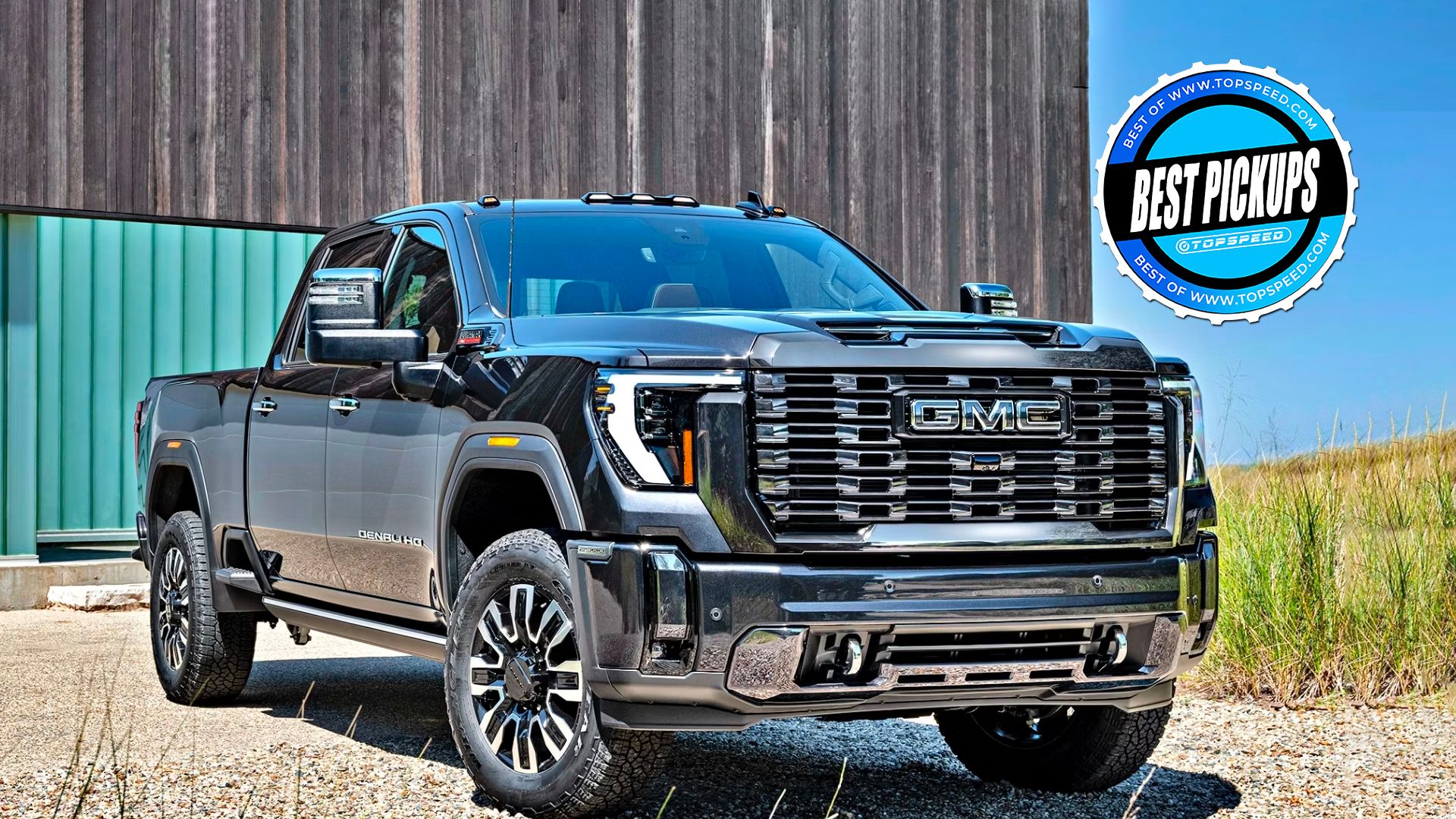Introduction:
Work trucks are the backbone of many industries, serving as reliable workhorses that transport goods, equipment, and personnel to and from job sites. The drivetrain of these vehicles plays a crucial role in ensuring their performance, efficiency, and overall reliability. Over the years, advancements in technology have revolutionized work truck drivetrains, enhancing their capabilities and meeting the ever-increasing demands of various industries. In this article, we will delve into the evolution of work truck drivetrains, exploring the key components, advancements, and future trends that shape this important aspect of these vehicles.

1. Understanding the Basics of Work Truck Drivetrains:
1.1. Definition and Components:
A work truck drivetrain is a complex system responsible for transmitting power from the engine to the wheels. It comprises several essential components, including the engine, transmission, driveshaft, differential(s), axles, and wheels. Each component plays a vital role in translating engine power into forward motion and ensuring optimal performance under varying load conditions.
1.2. Key Considerations in Work Truck Drivetrain Design:
When designing work truck drivetrains, manufacturers must consider various factors such as the intended application, load capacity, terrain, fuel efficiency, durability, and overall performance. These considerations determine the choice of drivetrain components and configurations, allowing work trucks to meet the specific demands of their respective industries.
2. Traditional Drivetrain Configurations:
2.1. Rear-Wheel Drive (RWD):
Rear-wheel drive is the most common drivetrain configuration found in work trucks. In this setup, the engine's power is transmitted to the rear wheels through a driveshaft and rear axle. RWD offers excellent traction, load-carrying capacity, and towing capabilities, making it ideal for heavy-duty applications such as construction and towing.
2.2. Front-Wheel Drive (FWD):
Front-wheel drive configurations are more commonly used in passenger cars, offering improved fuel efficiency and lower manufacturing costs. However, FWD is not typically employed in work trucks due to its limited load-carrying capacity and reduced traction in challenging conditions.
2.3. All-Wheel Drive (AWD):
All-wheel drive drivetrains provide power to all four wheels simultaneously, enhancing traction and stability on various terrains. AWD systems can be full-time or part-time, depending on the vehicle's requirements. Work trucks operating in off-road conditions or in regions with inclement weather often utilize AWD drivetrains to maximize their performance.
3. Advancements in Work Truck Drivetrain Technology:
3.1. Automatic Transmissions:
In the past, manual transmissions were commonplace in work trucks. However, the advent of automatic transmissions revolutionized the industry by offering improved ease of use, better fuel efficiency, and enhanced performance. Modern automatic transmissions are equipped with advanced features such as multiple gear ratios, torque converters, and electronic controls, allowing for seamless power delivery and shifting.
3.2. Continuously Variable Transmissions (CVT):
CVTs have gained popularity in passenger vehicles due to their ability to provide smooth and efficient power delivery. While not as prevalent in work trucks, CVTs have the potential to improve fuel efficiency and optimize power output in certain applications. As technology continues to advance, CVTs may find their way into more work truck drivetrains.
3.3. best garbage truck and Electric Powertrains:
The push for greener and more sustainable transportation has led to the development of hybrid and electric powertrains for work trucks. Hybrid drivetrains combine internal combustion engines with electric motors, reducing fuel consumption and emissions. Electric drivetrains, on the other hand, offer zero emissions and lower operating costs. While still in the early stages of adoption, these alternative powertrain options hold great promise for a more sustainable future in the work truck industry.
4. Work truck suspension upgrades and Challenges:
4.1. Autonomous Technology:
The emergence of autonomous vehicle technology is set to transform the work truck industry. Autonomous work trucks have the potential to improve safety, efficiency, and productivity by eliminating the need for a human driver. However, the integration of autonomous technology into work truck drivetrains poses several challenges, including regulatory hurdles, infrastructure requirements, and public acceptance.
4.2. Advanced Materials and Lightweighting:
The quest for improved fuel efficiency and payload capacity has driven the development of advanced materials and lightweighting techniques for work truck drivetrains. The use of lightweight materials such as aluminum and composites, coupled with innovative design approaches, can significantly reduce vehicle weight without compromising strength and durability.
4.3. Connectivity and Data Integration:
The integration of connectivity and data-driven technologies into work truck drivetrains allows for real-time monitoring, diagnostics, and predictive maintenance. Connected work trucks can transmit vital information to fleet managers, enabling proactive maintenance and optimizing vehicle performance.
Conclusion:
The evolution of work truck drivetrains has been driven by a multitude of factors, including industry demands, technological advancements, and sustainability concerns. From traditional rear-wheel drive configurations to the rise of hybrid and electric powertrains, work truck drivetrains continue to evolve to meet the ever-changing needs of various industries. As we look towards the future, advancements in autonomous technology, lightweight materials, and data integration are set to further shape the work truck drivetrain landscape. By embracing these advancements, the work truck industry can continue to unleash the power, efficiency, and reliability needed to propel businesses forward.
